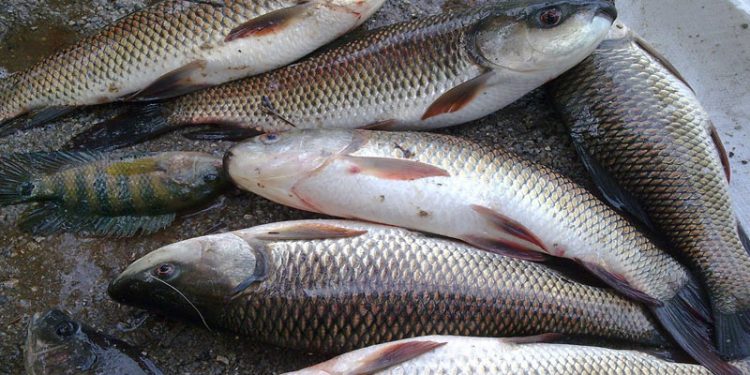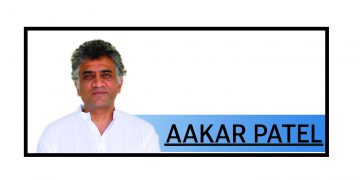Bhubaneswar: ICAR-Central Institute of Freshwater Aquaculture (CIFA), Bhubaneswar in association with National Fisheries Development Board, Hyderabad, Wednesday, began a series of Virtual Stakeholder Consultation meetings on ‘Strategies for Freshwater Aquaculture Development’ under Pradhan Mantri Matsya Sampada Yojana (PMMSY).
All the stakeholders such as fisheries departments, private stakeholders, developmental agencies and Krishi Vigyan Kendra networks participated in the meet to deliberate on various issues and constraints on development of freshwater aquaculture sector in the country.
On the occasion, Union Fisheries department Secretary Rajeev Ranjan spoke about various dimensions of PMMSY. The government has set a target of producing 220 lakh tonne fish in FY 2024-25 from current 137.58 lakh tonne, he said adding that to achieve the target, average aquaculture productivity has to go up from 3.3 tonne per ha to 5.0 tonne per ha through effective implementation of PMMSY.
To achieve the target, ICAR-CIFA has to play a major role as additional fish production of 50 lakh tonne has to come primarily from freshwater aquaculture sector. He also spoke about the role ICAR-CIFA could play in bridging the technology gap in freshwater aquaculture. He discussed the key strategies of PMMSY such as quality brood and seed, collectivisation through Farmer Producer Organisations, participation of youth, species diversification, strong institutional framework and entrepreneurship models and grouping of activities with end-to-end solutions.
ICAR, New Delhi, deputy director general (DDG), JK Jena, emphasised on horizontal and vertical expansion of inland fisheries sector through implementation of PMMSY. He also encouraged all the institutions to carry out a SWOT analysis regarding the present status of freshwater aquaculture. Jena suggested resource characterisation and developing strategies according to the resource base of the states.
Fisheries directors of 10 states presented their views on developing aquaculture in their respective states.






































